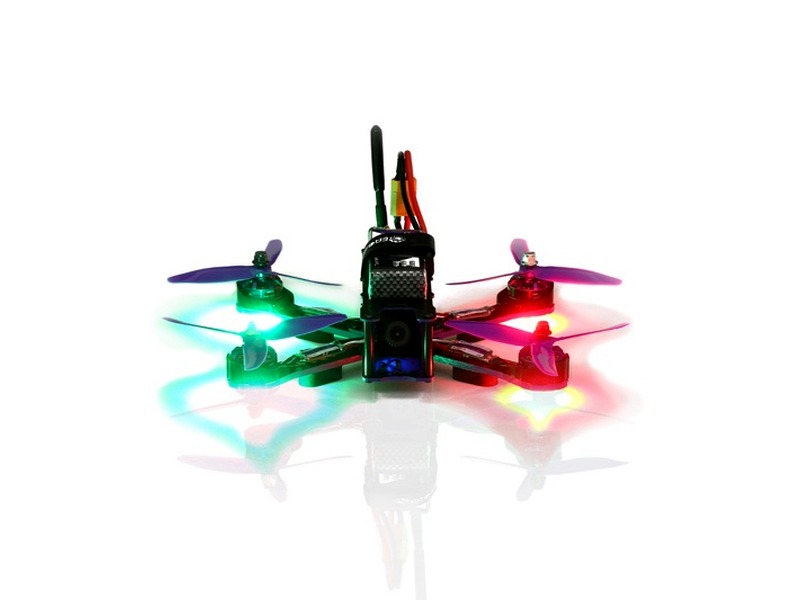How do you pinch for FPV?

Pinching for FPV, or First Person Viewing, is a technique used to add a sense of realism to a flight. By using a combination of the pilot's physical orientation, the drone's attitude, and the drone's camera, the pilot can become immersed in the experience and feel as if they are actually flying the drone.
The first step in pinching for FPV is to orient the pilot's body with the drone's attitude. To do this, the pilot should position themselves directly behind the drone, with their head slightly tilted forward and their feet slightly apart. This will allow the pilot to see the drone from the same angle as the drone's camera, and will give the pilot a sense of being inside the drone.
Once the pilot is oriented with the drone, the next step is to adjust the drone's attitude. This is done by using the drone's control sticks or buttons to adjust the pitch, roll, and yaw of the drone. By adjusting the attitude of the drone, the pilot can simulate the feeling of flying and can adjust the drone's direction and speed.
Once the drone's attitude has been adjusted, the next step is to adjust the camera angle. This is done by using the camera's control sticks or buttons to adjust the tilt, pan, and zoom of the camera. By adjusting the camera angle, the pilot can simulate the feeling of flying and can adjust the drone's direction, speed, and view.
Finally, the last step in pinching for FPV is to adjust the pilot's view. This is done by using the pilot's head and eyes to adjust the view. By looking around and adjusting the pilot's head, the pilot can adjust the drone's view and simulate the feeling of flying.
Pinching for FPV is a great way for pilots to become immersed in their flight experience. By using a combination of the pilot's physical orientation, the drone's attitude, and the drone's camera, the pilot can simulate the feeling of flying and can adjust the drone's direction, speed, and view. This technique can be used in training and recreational flying, and can make the experience much more enjoyable.
Comments / Question
2. Check your battery capacity and voltage for maximum power.
3. Ensure your receiver and transmitter are both properly calibrated.
4. Increase your receiver sensitivity to help with range and improve your video feed.
5. Make sure your video transmitter is set up correctly and is working properly.
6. Experiment with various antennas for better reception.
7. Employ a proper ground station for monitoring purposes.
8. Pre-plan your FPV flight path to ensure maximum efficiency.
9. Check all the components of your FPV system regularly, such as the antenna, battery, and goggles.
10. Stay within the legal limits of FPV flying.
2. An FPV camera
3. An FPV monitor or goggles
4. An antenna
5. A video transmitter
6. A flight controller
7. Motors and ESCs
8. Batteries
9. Propellers
10. A frame to mount your components
2. Loss of Orientation: Pinching can cause the pilot to lose orientation, leading to a crash.
3. Loss of Control: Pinching can cause the drone to fly too fast, resulting in a loss of control.
4. Radio Interference: Pinching can cause radio interference, which can lead to a loss of control.
5. Propeller Damage: Pinching can cause the propellers to hit objects, resulting in damage to the propellers.
2. Increased awareness: Pinching requires you to constantly be aware of your drone’s position and orientation, which can help you become a better pilot.
3. Increased speed: Pinching allows you to quickly make adjustments to your drone’s position, resulting in faster and smoother flights.
4. Improved video quality: Pinching helps you keep your drone steady and stable, resulting in smoother video footage.

